Home>Gardening & Outdoor>Plant Care & Gardening Tips>How Long Do Wildflower Seeds Last Before Planting
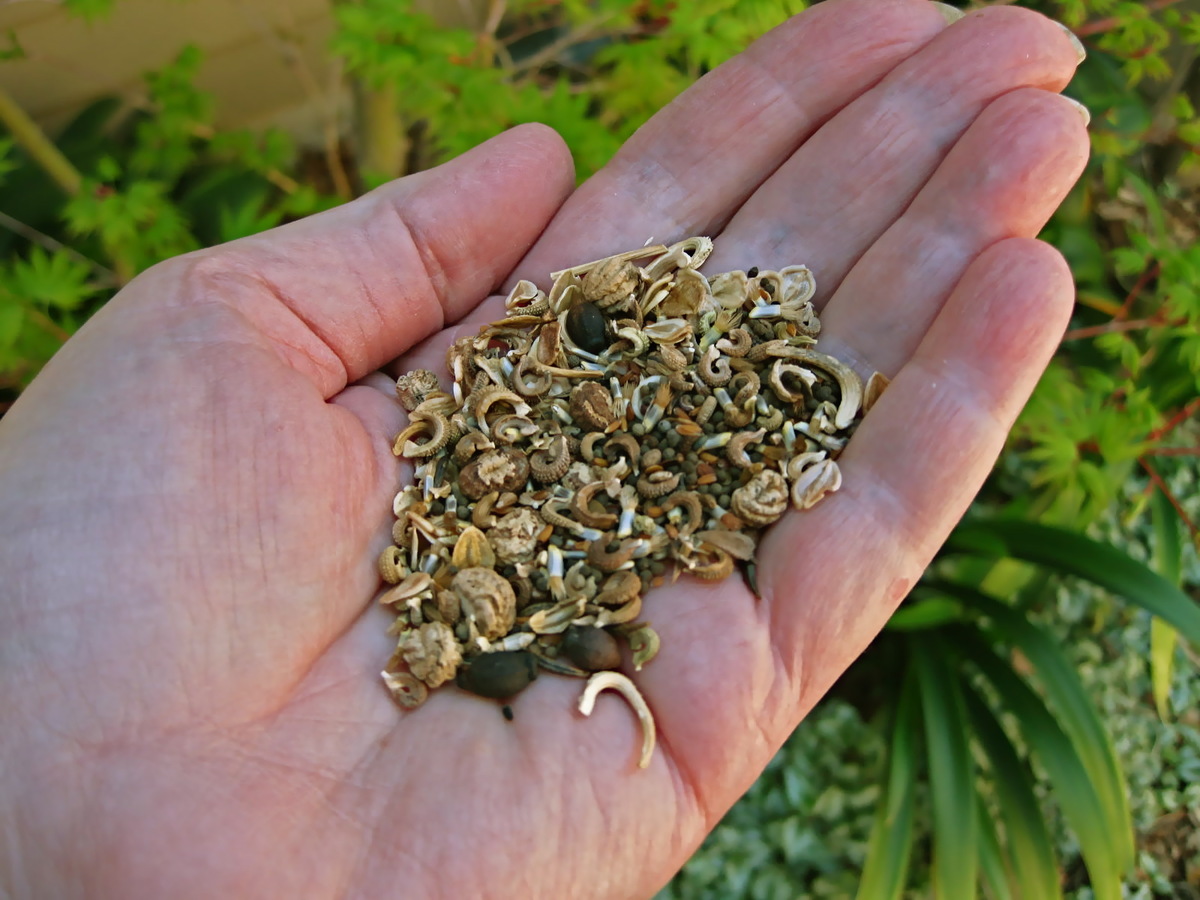

Plant Care & Gardening Tips
How Long Do Wildflower Seeds Last Before Planting
Modified: September 1, 2024
Learn how long wildflower seeds last before planting and get expert plant care and gardening tips to ensure successful seed germination. Discover the best practices for storing and preserving wildflower seeds for optimal results.
(Many of the links in this article redirect to a specific reviewed product. Your purchase of these products through affiliate links helps to generate commission for Storables.com, at no extra cost. Learn more)
**
Introduction
**
Welcome to the enchanting world of wildflowers! If you've ever been captivated by the vibrant hues of a meadow in full bloom or marveled at the delicate beauty of a roadside floral display, you've likely been charmed by the allure of wildflowers. These delightful blooms not only add a touch of natural splendor to any landscape but also play a crucial role in supporting local ecosystems and biodiversity.
One of the most fascinating aspects of wildflowers is their ability to propagate from seeds, allowing them to thrive in a wide array of environments, from sunny meadows to shaded woodlands. However, if you've ever found yourself in possession of a packet of wildflower seeds, you may have wondered about their longevity and how long they can be stored before planting.
In this comprehensive guide, we will delve into the captivating realm of wildflower seed longevity, exploring the factors that influence their viability, the optimal storage conditions for preserving their potential, and practical tips for testing their viability. By the end of this journey, you'll be equipped with the knowledge to ensure that your wildflower seeds are primed for successful germination, allowing you to cultivate your very own tapestry of breathtaking blooms. So, let's embark on this botanical adventure and unravel the mysteries of wildflower seed longevity!
Key Takeaways:
- Wildflower seeds can last from a year to decades, depending on the species and storage conditions. Proper storage in a cool, dry, and dark environment is crucial for preserving their viability.
- Testing wildflower seed viability through germination tests, float tests, and seed coat examination ensures successful sowing and contributes to the preservation of diverse floral ecosystems.
Read more: How Long Do You Soak Seeds Before Planting
Factors Affecting Wildflower Seed Longevity
Understanding the factors that influence the longevity of wildflower seeds is essential for preserving their viability and maximizing their potential for successful germination. Several key elements contribute to the overall lifespan of wildflower seeds:
- Seed Species: Each species of wildflower possesses its own unique characteristics, including seed longevity. Some seeds may remain viable for only a year or two, while others can endure for decades under the right conditions.
- Storage Conditions: The environment in which wildflower seeds are stored significantly impacts their longevity. Exposure to excessive moisture, fluctuating temperatures, or prolonged sunlight can diminish their viability over time.
- Seed Quality: The initial quality of the seeds, including their maturity and genetic integrity, plays a crucial role in determining their longevity. High-quality, well-preserved seeds are more likely to remain viable for extended periods.
- Genetic Diversity: The genetic diversity within a population of wildflowers can influence the overall resilience and longevity of the seeds. Populations with greater genetic variation may exhibit a wider range of seed longevity.
- Harvesting Techniques: The methods used to harvest and process wildflower seeds can impact their longevity. Proper harvesting techniques that minimize damage to the seeds and ensure thorough drying are essential for preserving their viability.
By considering these factors, gardeners and conservationists can make informed decisions regarding the storage and utilization of wildflower seeds, ultimately contributing to the preservation and proliferation of these precious botanical treasures.
Optimal Storage Conditions for Wildflower Seeds
Preserving the viability of wildflower seeds hinges on providing optimal storage conditions that mimic their natural habitat and minimize the factors that contribute to deterioration. By adhering to the following guidelines, you can safeguard the longevity of wildflower seeds:
- Cool, Dry Environment: Storing wildflower seeds in a cool, dry environment is paramount for maintaining their viability. A consistent temperature between 32°F and 50°F (0°C to 10°C) is ideal, as it helps prevent premature aging and microbial growth. Additionally, low humidity levels, ideally below 50%, help mitigate the risk of mold and seed deterioration.
- Darkness: Shielding wildflower seeds from prolonged exposure to light is essential, as ultraviolet radiation can compromise their viability. Store seeds in opaque containers or envelopes to protect them from light, ensuring that their potential for germination remains intact.
- Airtight Containers: Utilize airtight containers or resealable plastic bags to safeguard wildflower seeds from moisture and air exchange. This helps maintain a stable microclimate around the seeds, reducing the risk of desiccation or excess humidity that could compromise their longevity.
- Stable Environment: Choose a storage location that maintains a stable environment, free from temperature fluctuations and sudden changes in humidity. Avoid placing seeds near sources of heat or moisture, such as radiators, windows, or damp basements.
- Labeling and Documentation: Properly label stored wildflower seeds with essential information, including the species, collection date, and any specific storage requirements. Documenting this information facilitates organized seed management and ensures that the seeds are utilized within an appropriate timeframe.
By adhering to these optimal storage conditions, you can safeguard the longevity and viability of wildflower seeds, empowering you to embark on successful sowing endeavors and contribute to the flourishing tapestry of wild blooms.
Store wildflower seeds in a cool, dry place to maintain their viability. Most wildflower seeds can last 1-3 years if stored properly before planting.
Signs of Seed Viability
Recognizing the signs of seed viability is crucial for determining whether wildflower seeds are primed for successful germination. While the viability of seeds can vary depending on species and storage conditions, several indicators can help assess their potential for sprouting and establishing healthy plants:
- Color and Texture: Healthy, viable wildflower seeds often exhibit a characteristic color and texture. They should appear plump, firm, and free from mold or discoloration. Depending on the species, viable seeds may range in color from light tan to dark brown, reflecting their natural characteristics.
- Intact Seed Coat: The outer seed coat, or testa, should be intact and free from damage. A resilient seed coat protects the embryo within and helps retain essential moisture during germination, supporting the emergence of a robust seedling.
- Absence of Foul Odor: Viable wildflower seeds typically emit a mild, earthy scent, devoid of any foul or rancid odors. If seeds exude an unpleasant smell, it may indicate decay or microbial activity, signaling compromised viability.
- Germination Tests: Conducting a germination test can provide definitive insight into the viability of wildflower seeds. By planting a sample of seeds in a controlled environment and monitoring their sprouting rates, you can assess the overall viability of the seed lot and make informed decisions regarding their use.
- Seed Age: Consider the age of the seeds when evaluating their viability. While some wildflower seeds can remain viable for several years under proper storage conditions, others may exhibit reduced germination rates as they age. Understanding the typical longevity of specific wildflower species can inform your expectations regarding seed viability.
By attentively observing these indicators, you can gain valuable insights into the viability of wildflower seeds, empowering you to make informed choices when selecting seeds for sowing and contributing to the flourishing abundance of wild blooms.
Tips for Testing Wildflower Seed Viability
Testing the viability of wildflower seeds is a prudent practice that enables gardeners and conservationists to assess the potential for successful germination and plan their sowing activities effectively. Several methods can be employed to test the viability of wildflower seeds, providing valuable insights into their reproductive capacity:
- Germination Test: Conduct a germination test by planting a sample of wildflower seeds in a controlled environment, such as seed trays or pots filled with a suitable growing medium. Maintain consistent moisture and temperature levels while monitoring the emergence and development of seedlings. By recording the germination rates, you can estimate the overall viability of the seed lot and adjust your sowing plans accordingly.
- Float Test: The float test can help assess the viability of wildflower seeds by identifying any empty or non-viable seeds. Simply submerge the seeds in water and observe their behavior. Viable seeds typically sink to the bottom, indicating their potential for germination, while non-viable seeds may float due to air pockets within or compromised internal structures.
- Seed Coat Examination: Carefully inspect the outer seed coats for signs of damage, mold, or discoloration. Viable wildflower seeds often feature intact, resilient seed coats that protect the embryonic plant within. Any visible abnormalities or deterioration may indicate compromised viability.
- Professional Testing Services: Consider utilizing professional seed testing services offered by reputable laboratories or botanical institutions. These specialized assessments provide detailed analyses of seed viability, purity, and germination potential, offering valuable data for informed seed management and conservation efforts.
- Consulting Seed Experts: Engage with experienced seed experts, horticulturists, or botanical professionals to seek guidance on assessing wildflower seed viability. Their expertise and insights can enhance your understanding of seed testing methods and help you make informed decisions regarding the selection and utilization of wildflower seeds.
By employing these testing methods and seeking expert guidance, you can effectively evaluate the viability of wildflower seeds, ensuring that your sowing endeavors are guided by reliable and accurate information. This proactive approach contributes to the preservation and propagation of diverse wildflower species, enriching landscapes with their natural splendor.
Conclusion
Embarking on the journey of wildflower cultivation and conservation is a captivating endeavor that invites us to embrace the wonders of nature and contribute to the preservation of diverse floral ecosystems. Understanding the longevity and viability of wildflower seeds is instrumental in nurturing these botanical treasures and fostering their proliferation. By considering the factors that influence seed longevity, providing optimal storage conditions, and employing practical testing methods, we can ensure that wildflower seeds are primed for successful germination and the emergence of vibrant blooms.
As we immerse ourselves in the enchanting realm of wildflowers, we come to appreciate the intrinsic beauty and ecological significance of these resilient plants. Their ability to thrive in a myriad of environments, from sun-kissed meadows to tranquil woodlands, exemplifies their adaptive prowess and enduring allure. Preserving the viability of wildflower seeds is a testament to our commitment to safeguarding biodiversity and nurturing the natural tapestry of life that surrounds us.
Whether you are a passionate gardener seeking to adorn your landscape with native wildflowers or a dedicated conservationist striving to restore natural habitats, the knowledge of wildflower seed longevity empowers you to make informed decisions and contribute to the flourishing abundance of floral diversity. As we sow the seeds of hope and renewal, we become custodians of nature’s splendor, perpetuating the legacy of wildflowers for generations to come.
So, let us embrace the art of wildflower seed preservation and embark on a journey that celebrates the resilience, beauty, and enchanting allure of these precious botanical gems. With each carefully tended seed and blossoming bloom, we weave a vibrant tapestry of life, enriching our surroundings and nurturing the delicate balance of nature’s harmonious embrace.
Frequently Asked Questions about How Long Do Wildflower Seeds Last Before Planting
Was this page helpful?
At Storables.com, we guarantee accurate and reliable information. Our content, validated by Expert Board Contributors, is crafted following stringent Editorial Policies. We're committed to providing you with well-researched, expert-backed insights for all your informational needs.
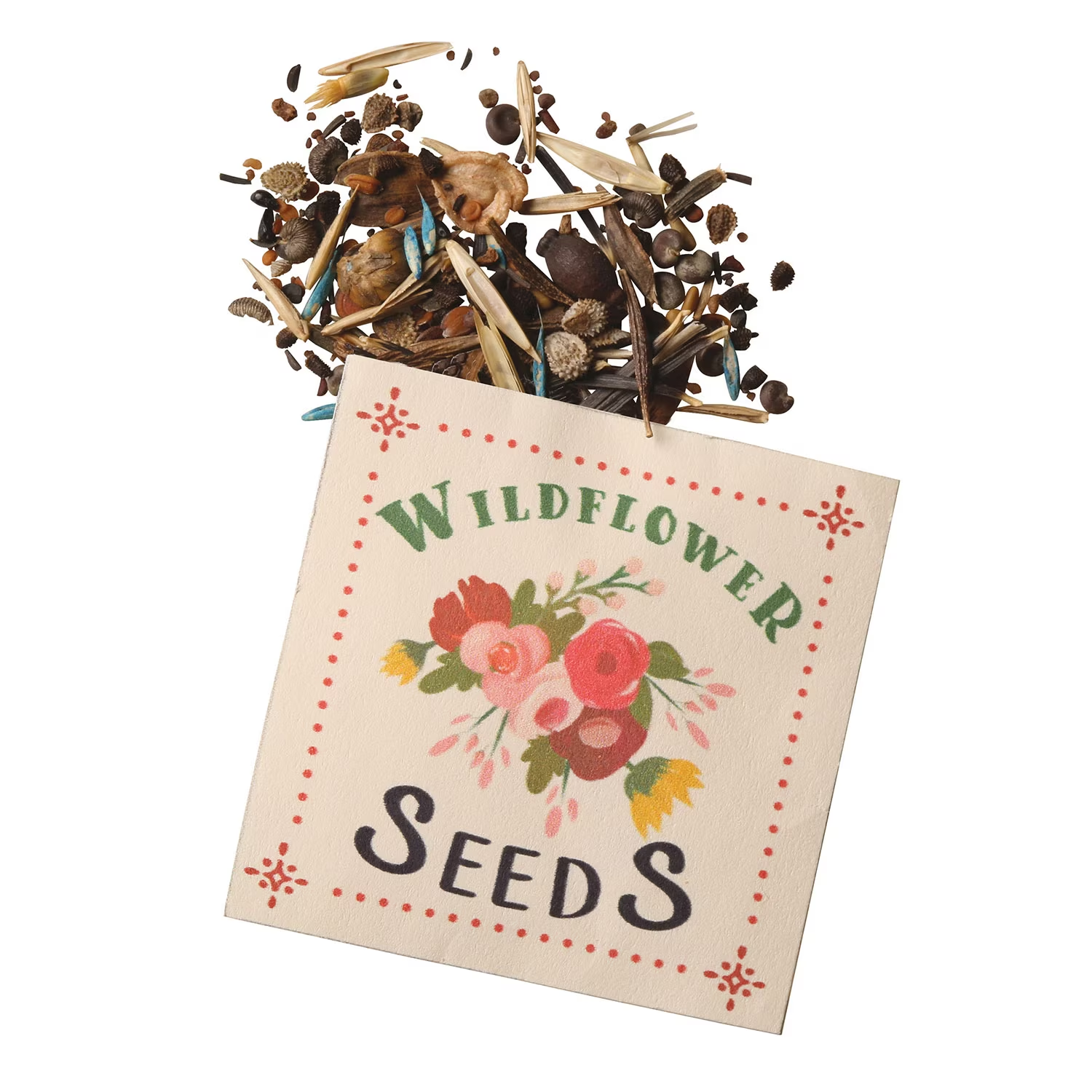
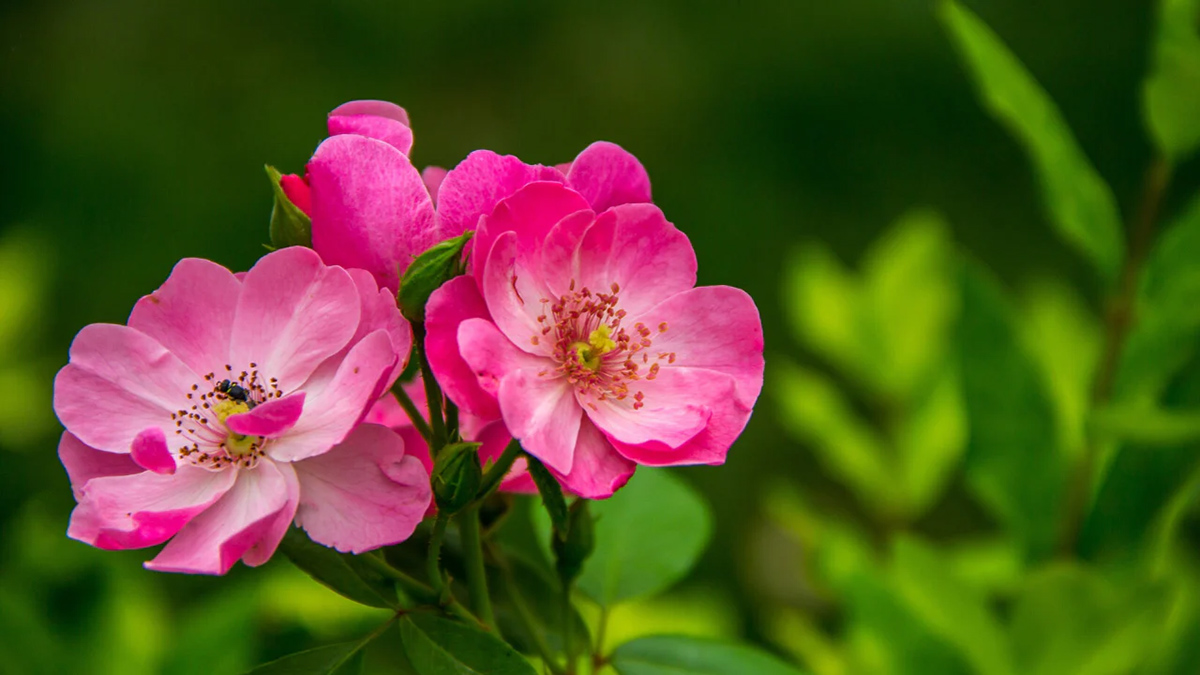
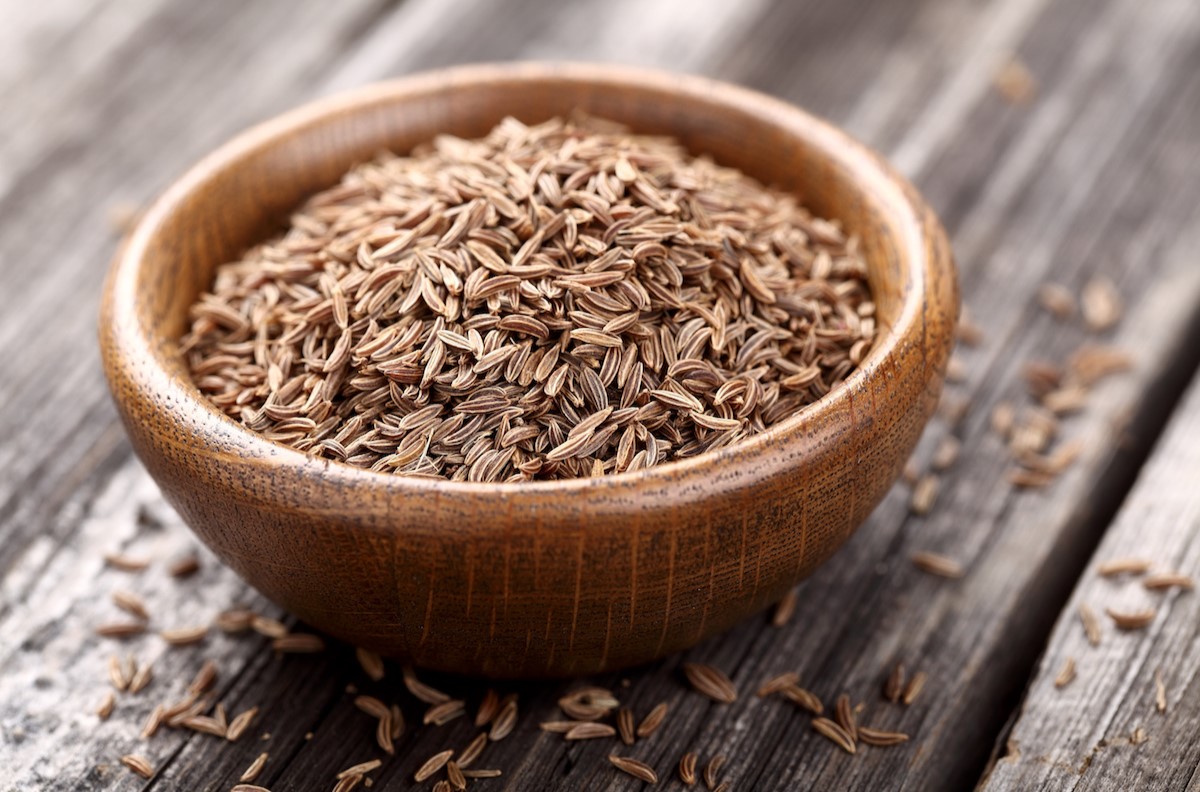
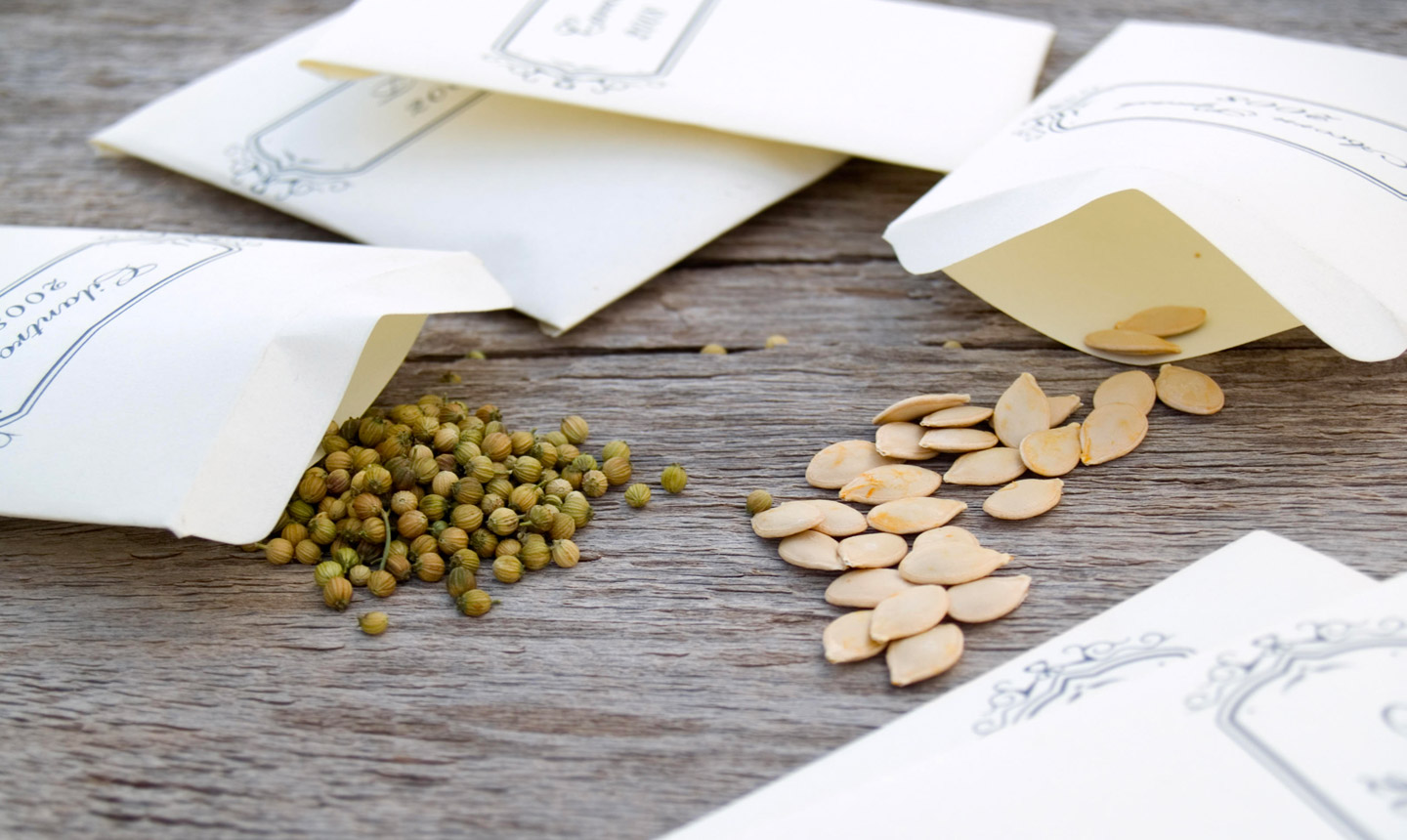
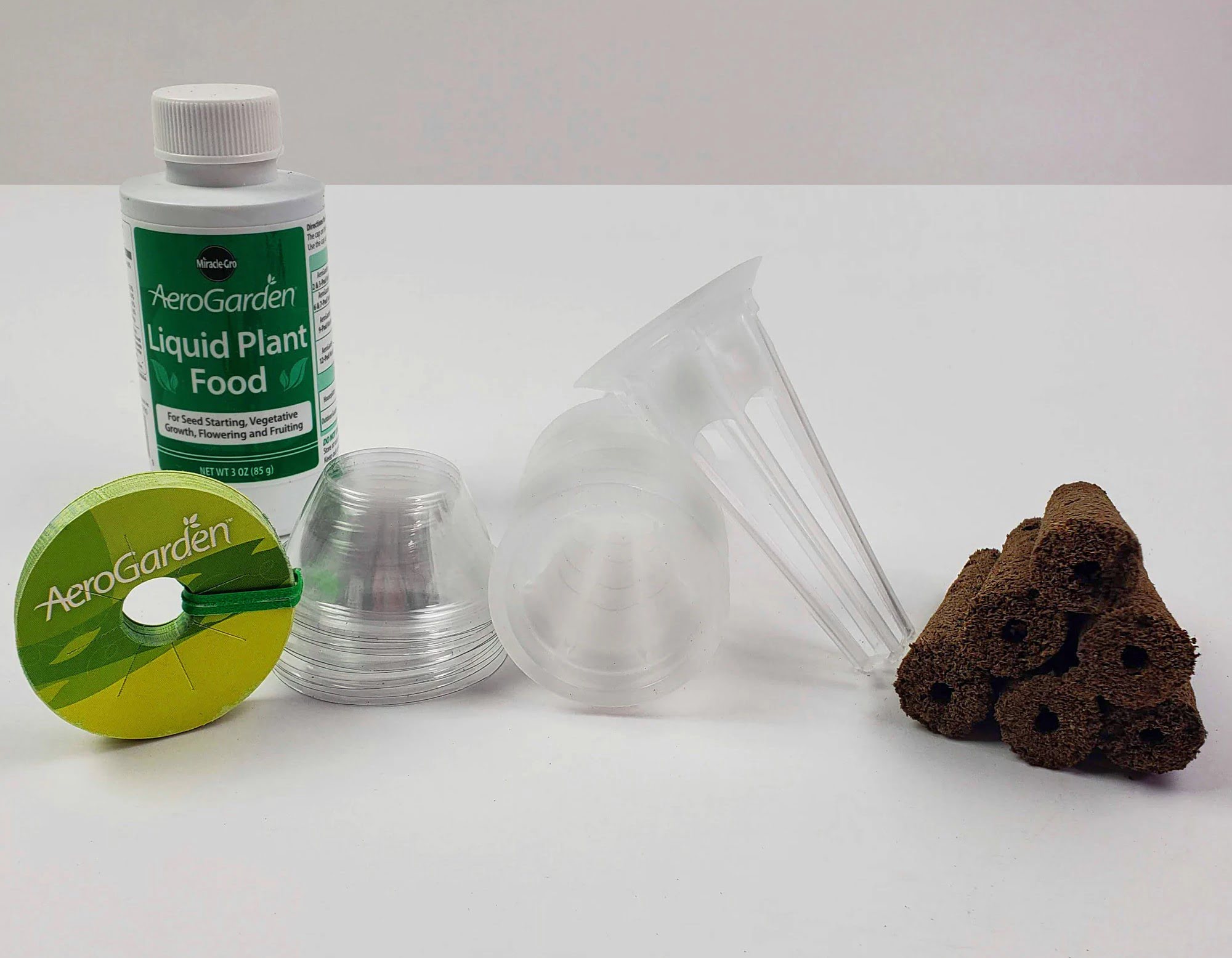
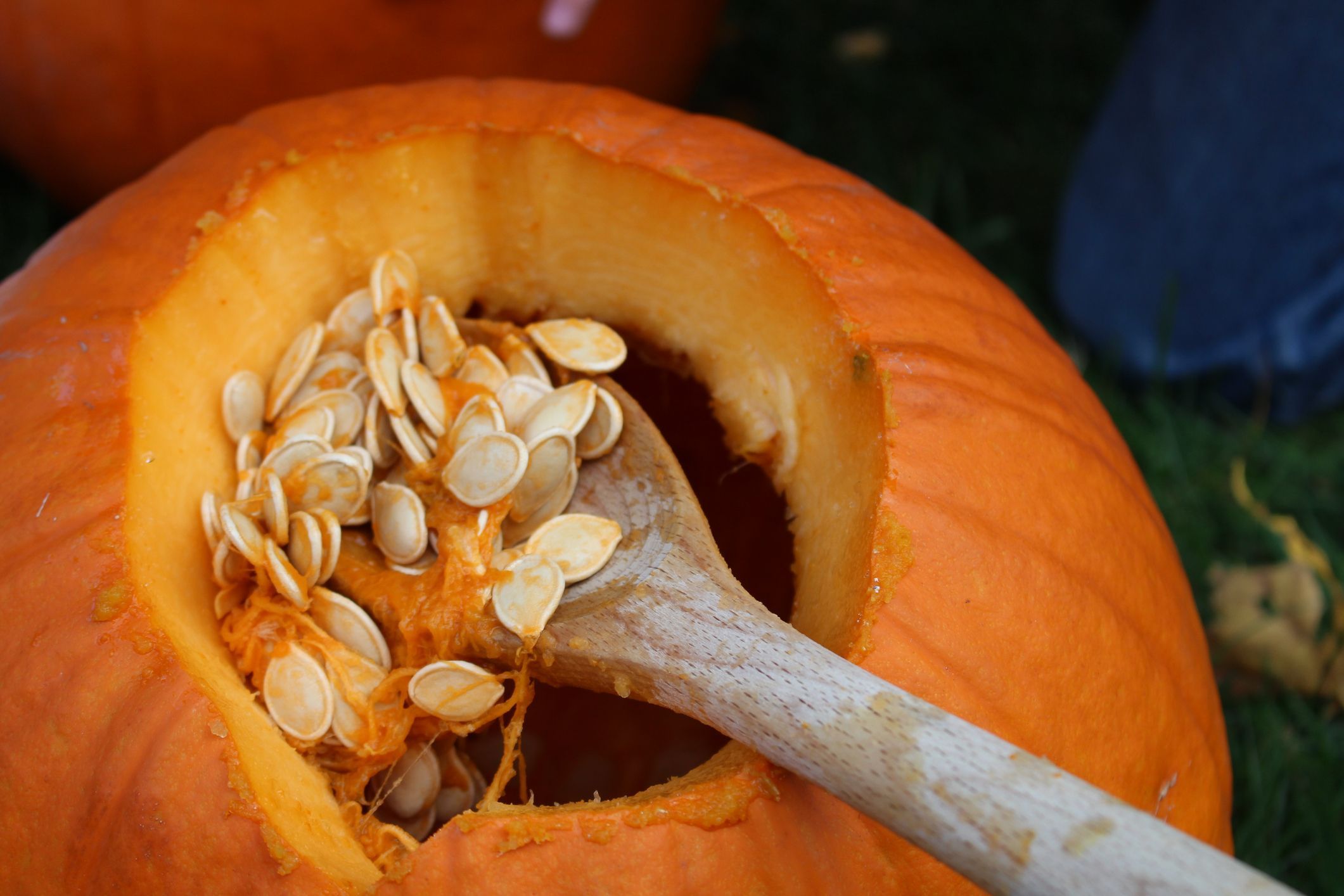
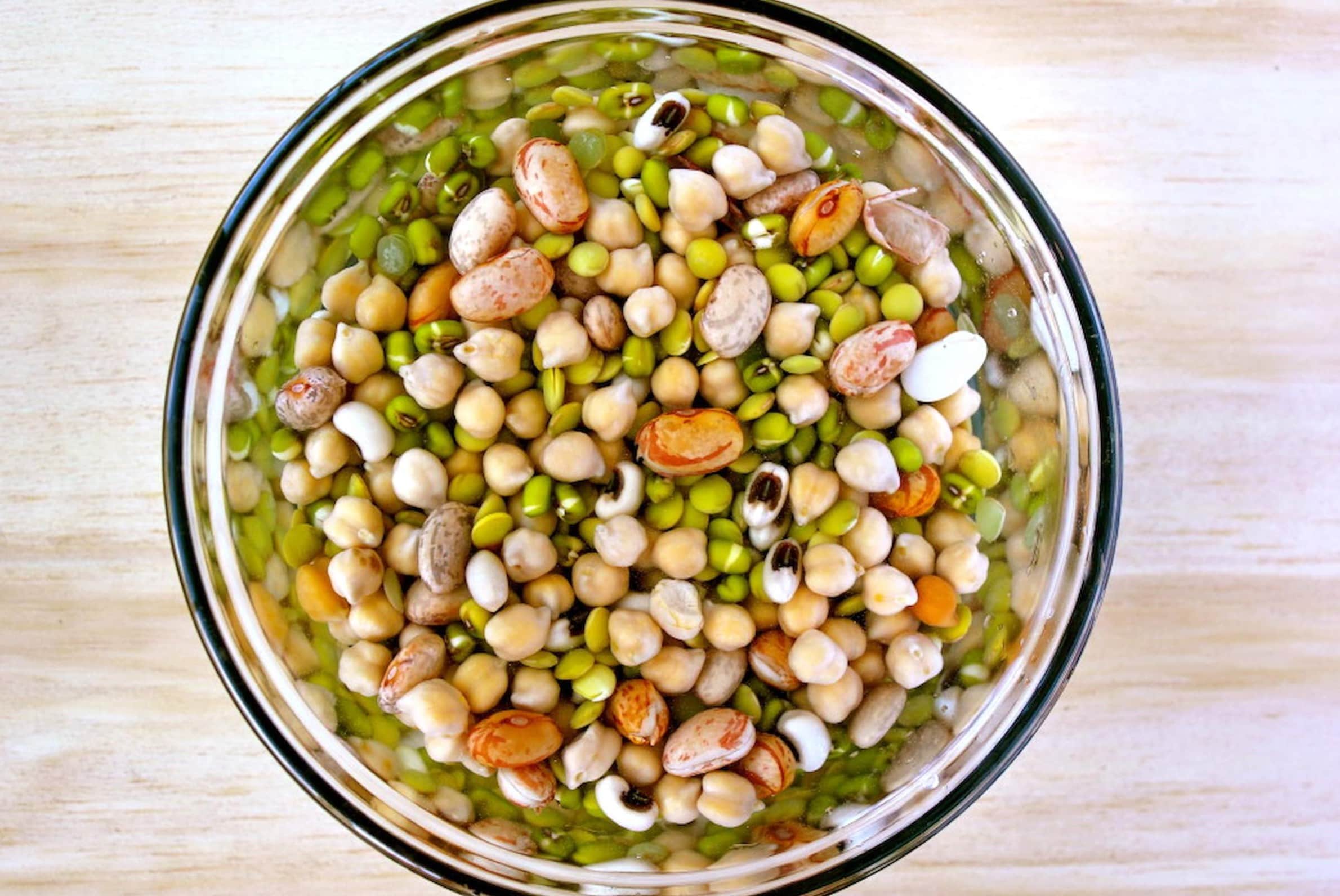
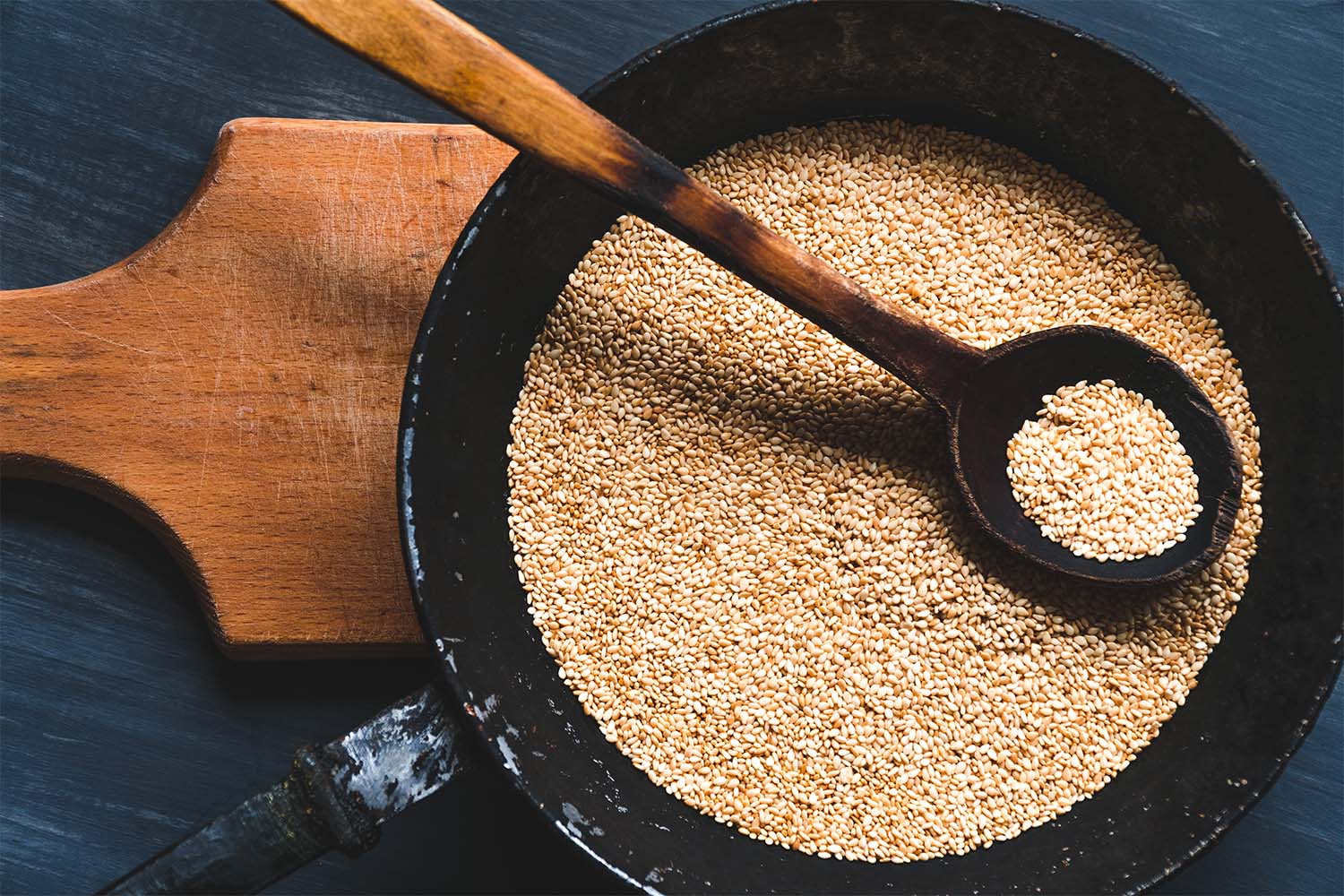
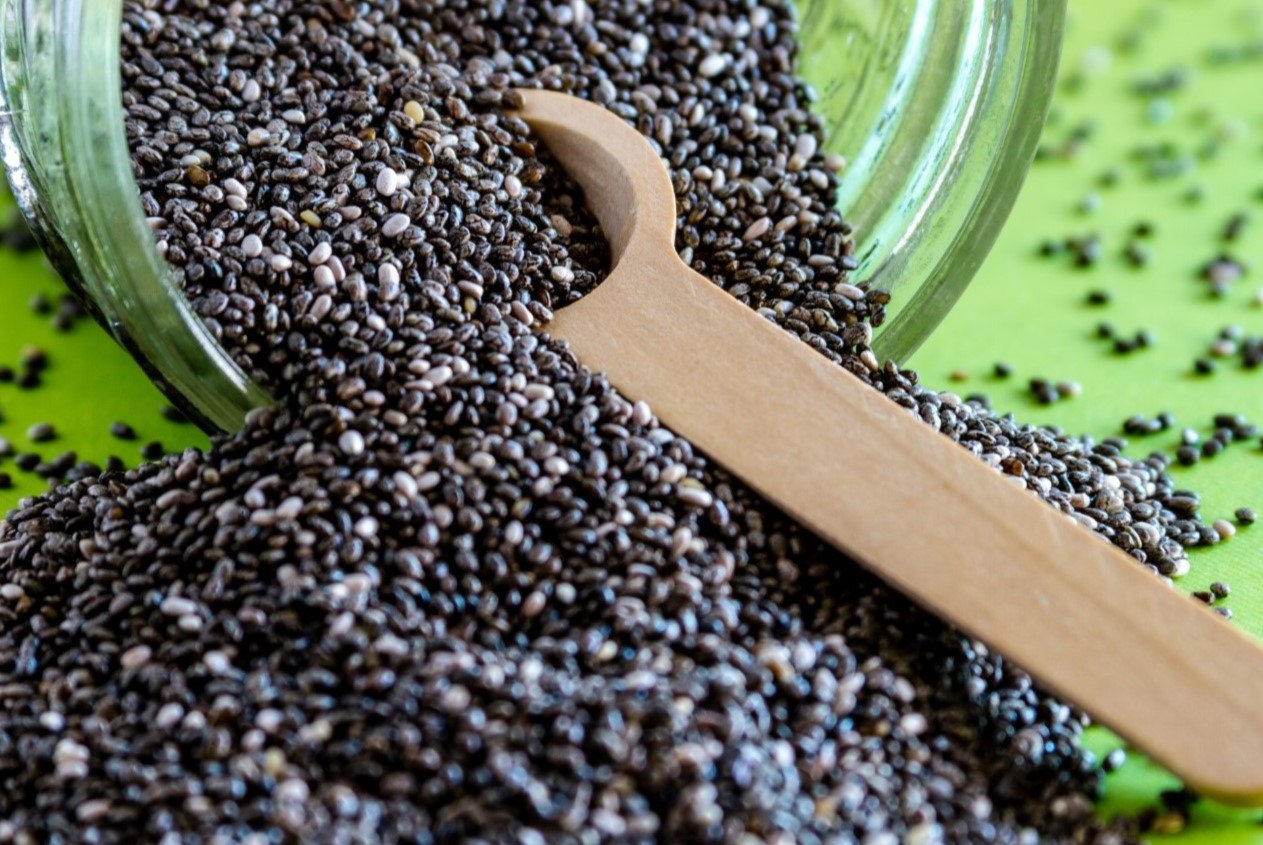
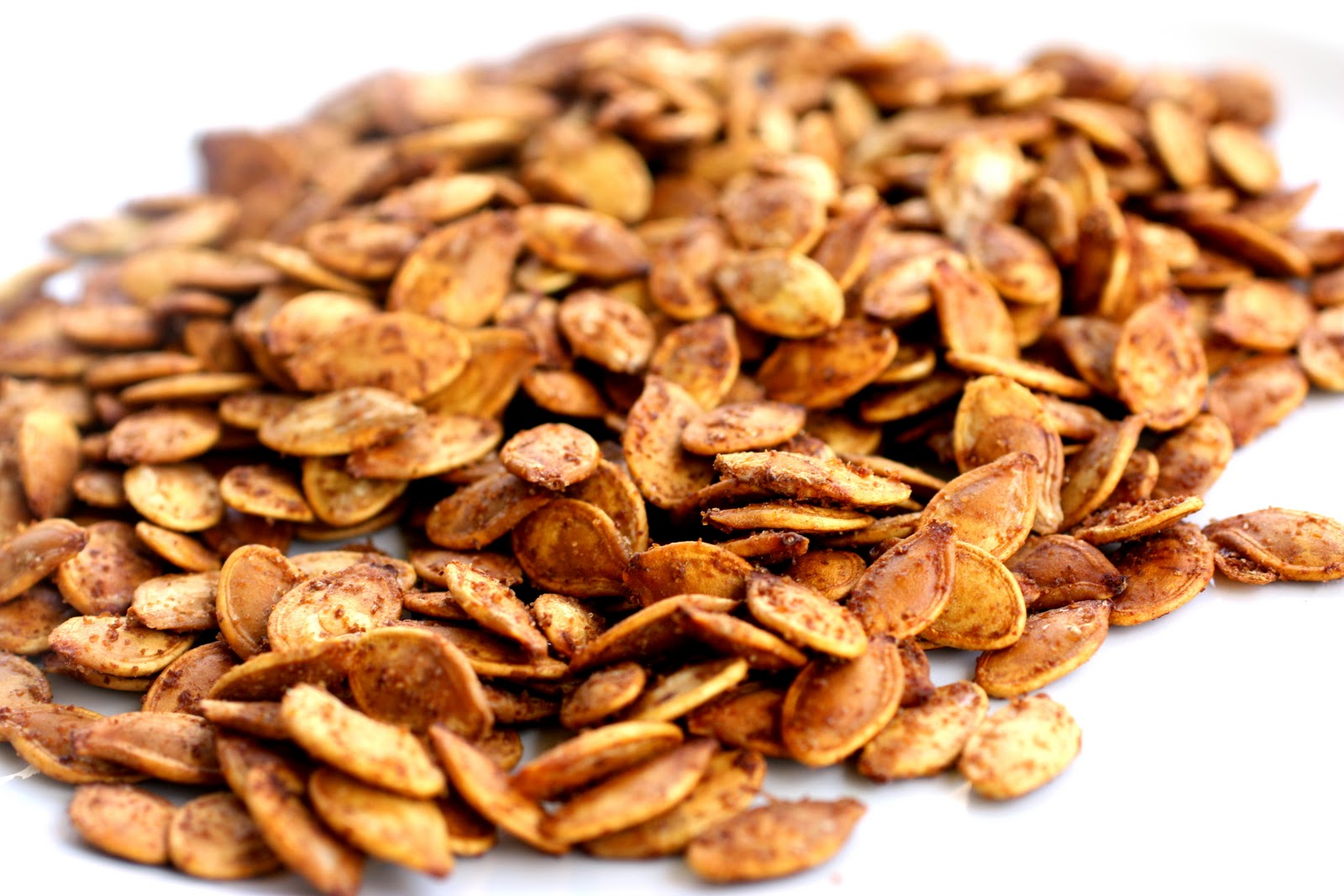
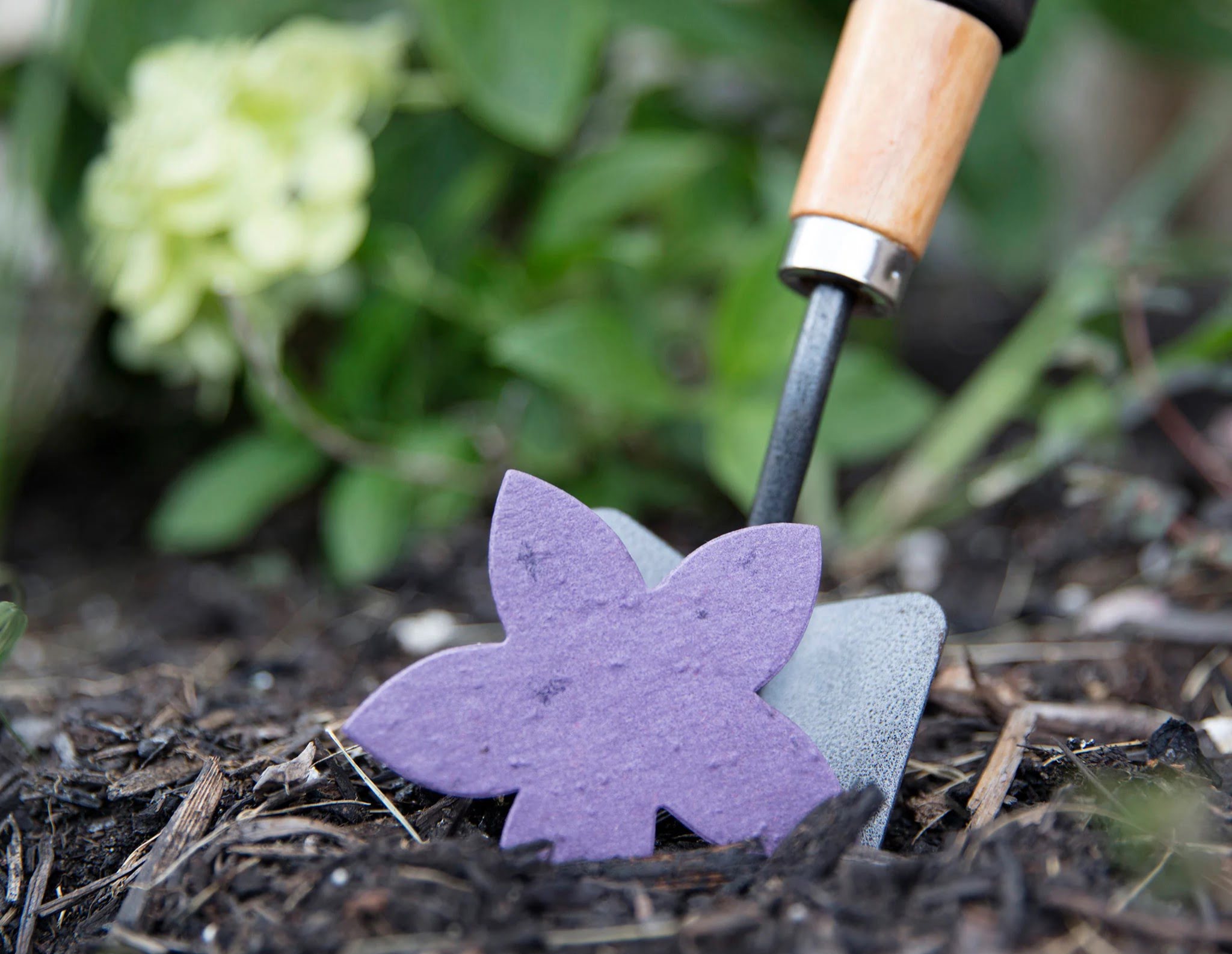
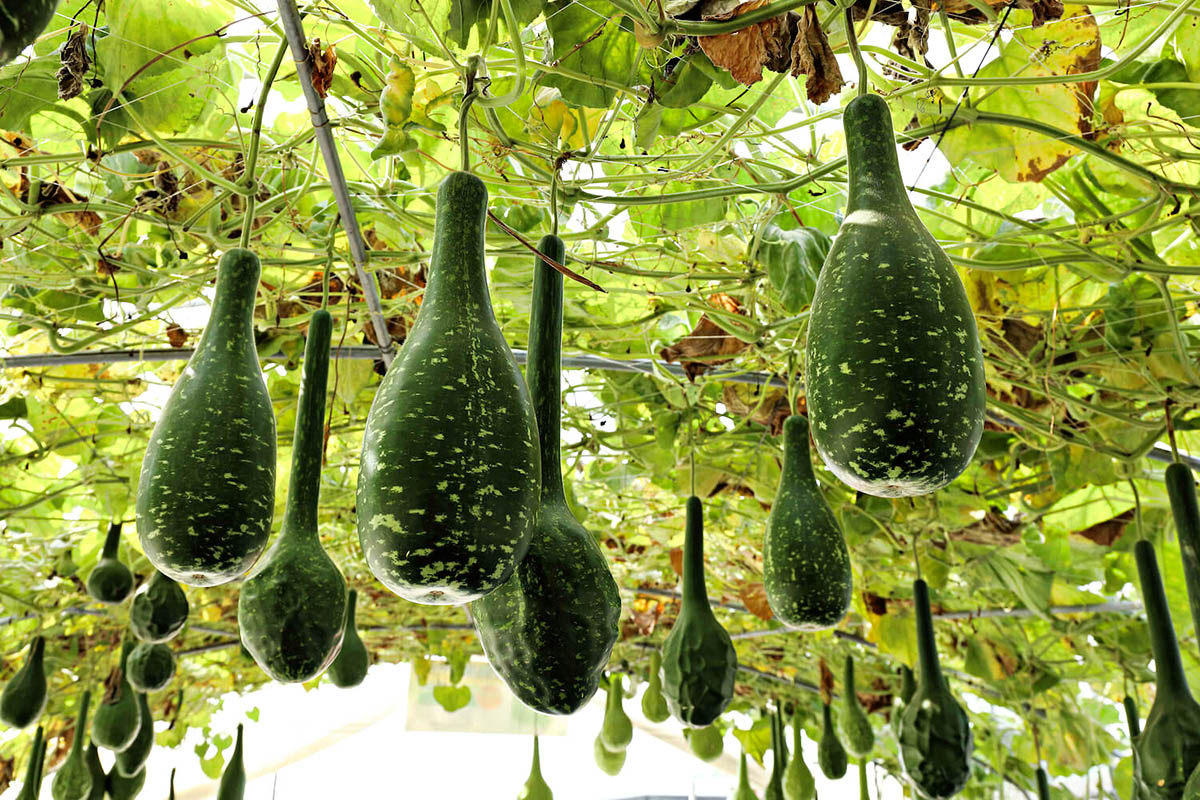
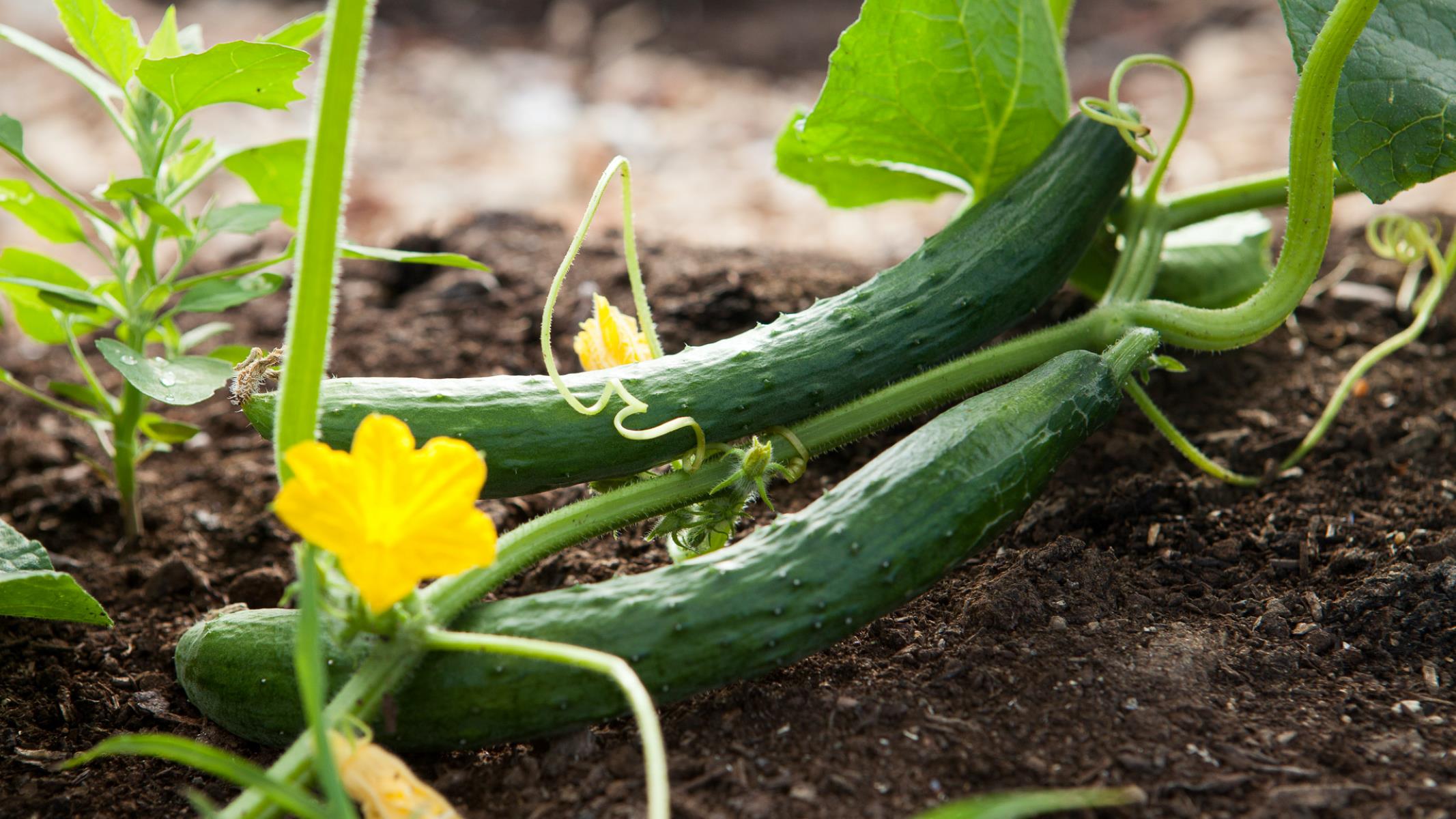
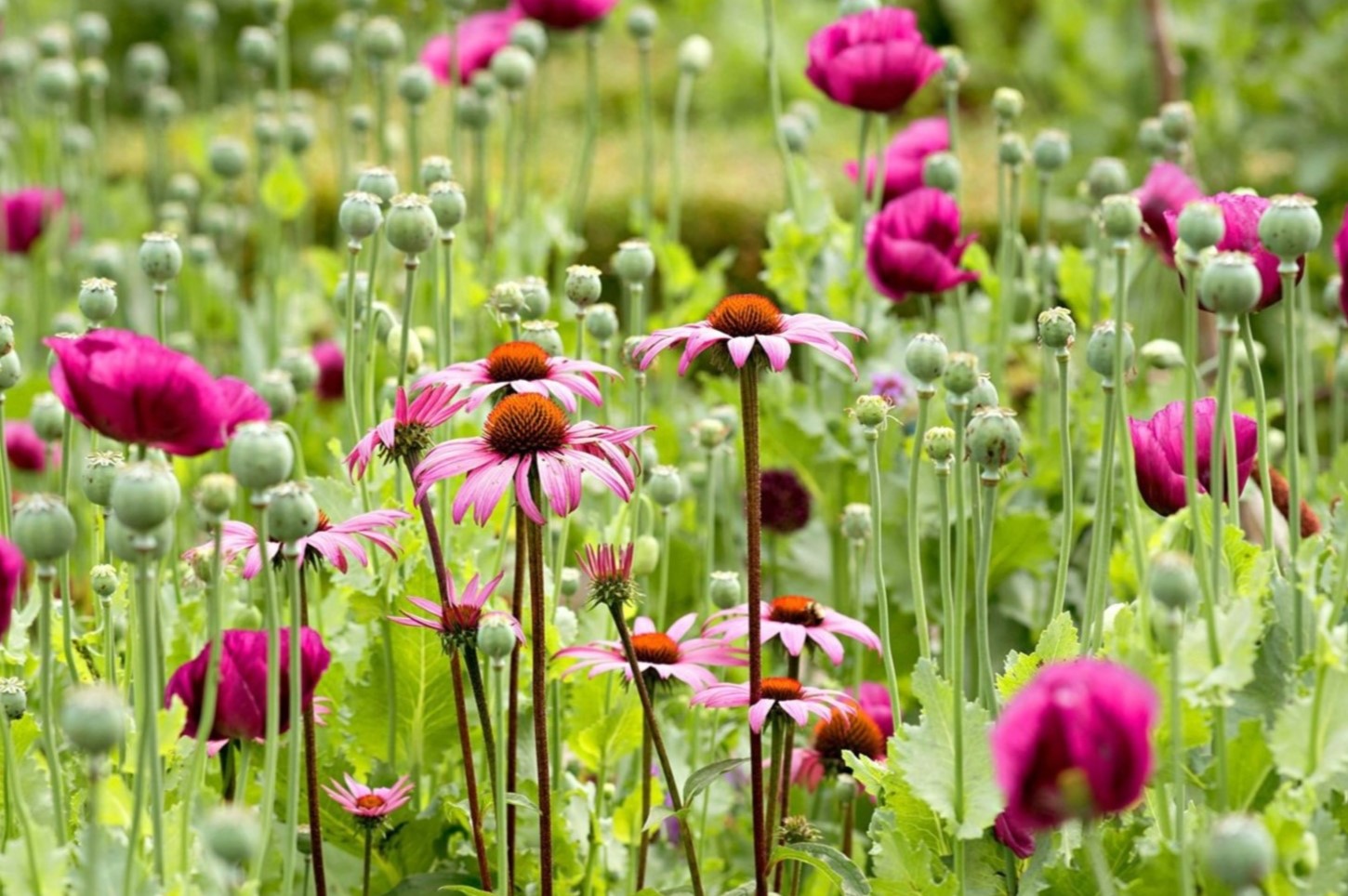

0 thoughts on “How Long Do Wildflower Seeds Last Before Planting”